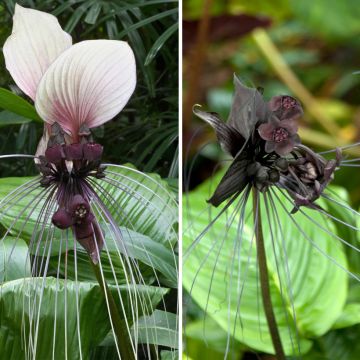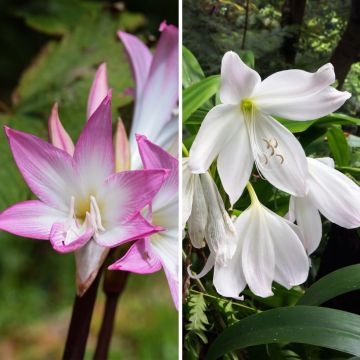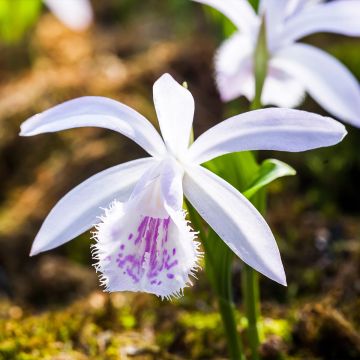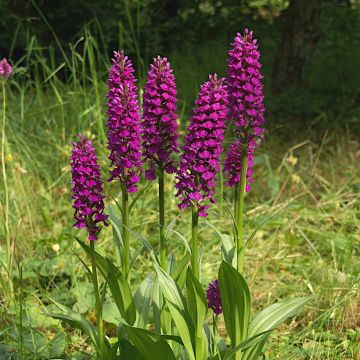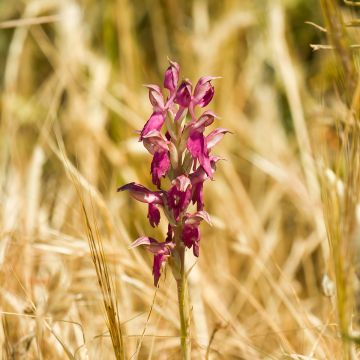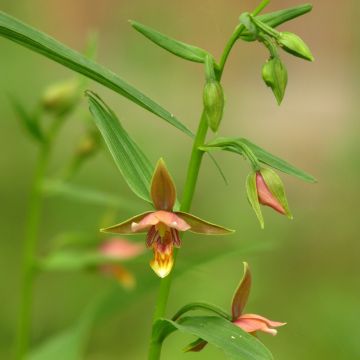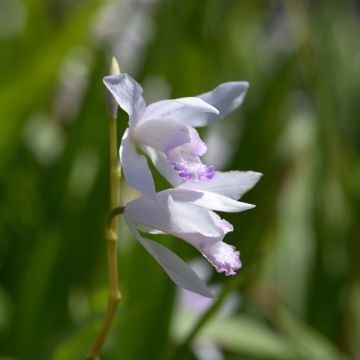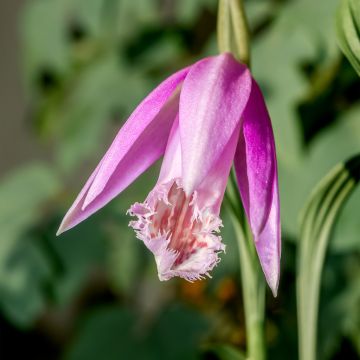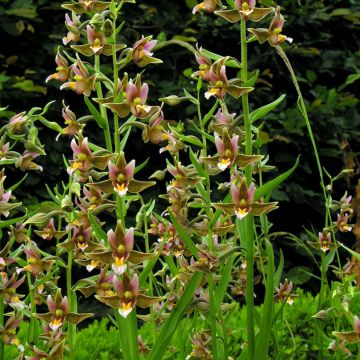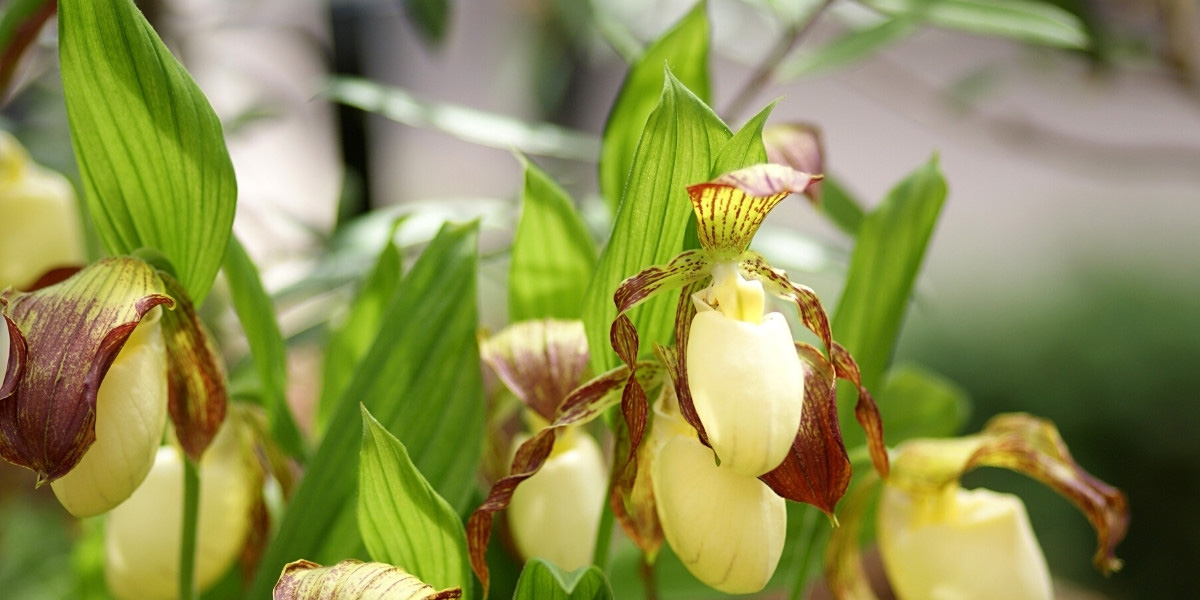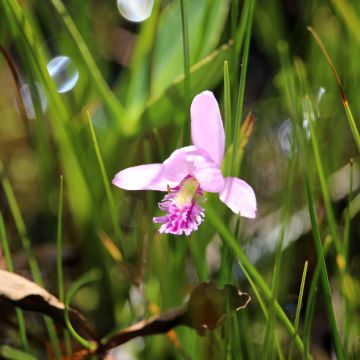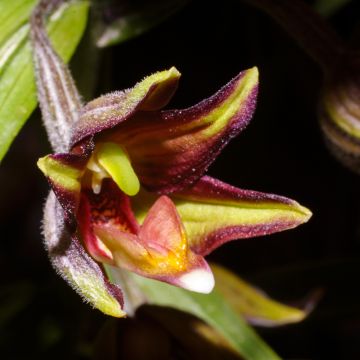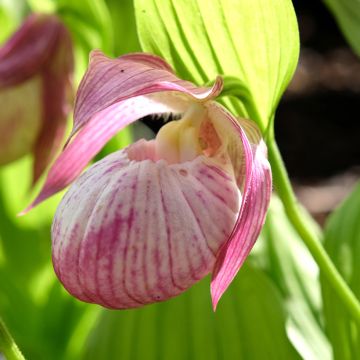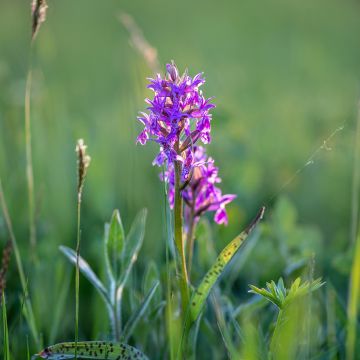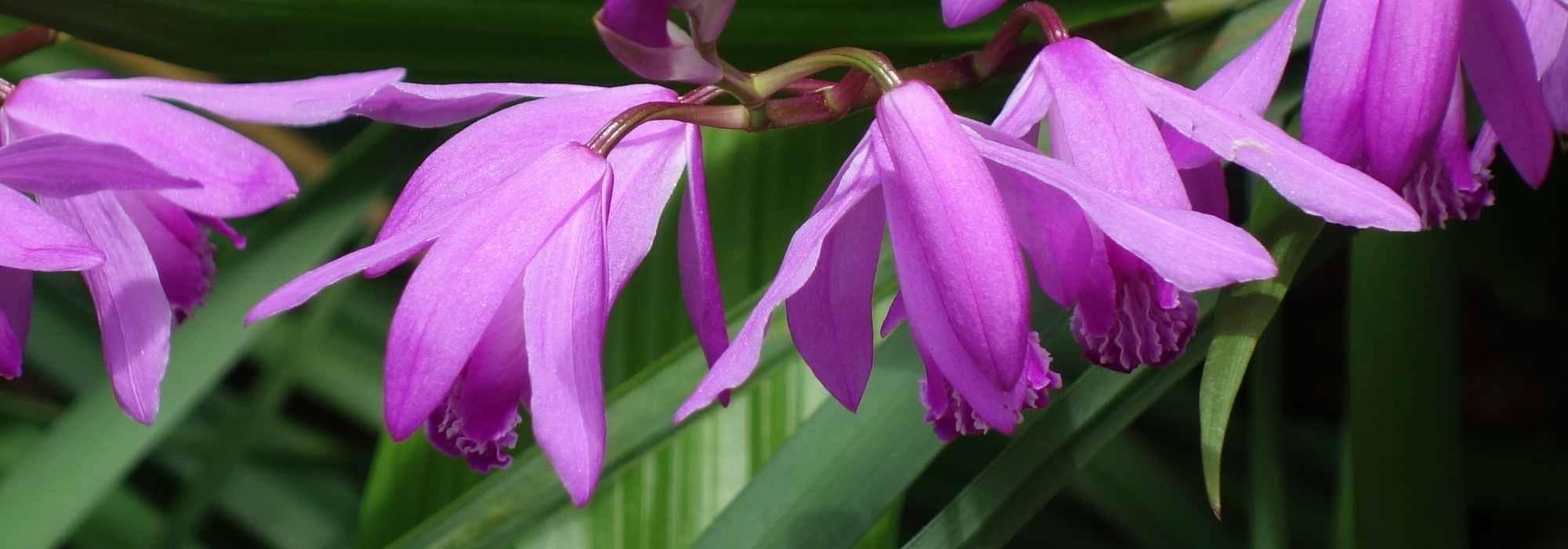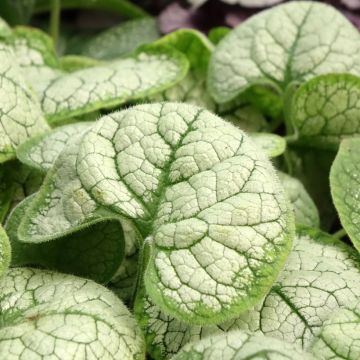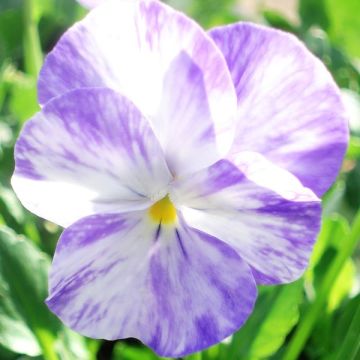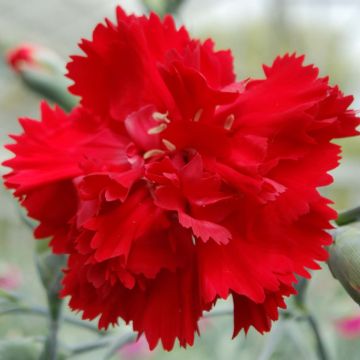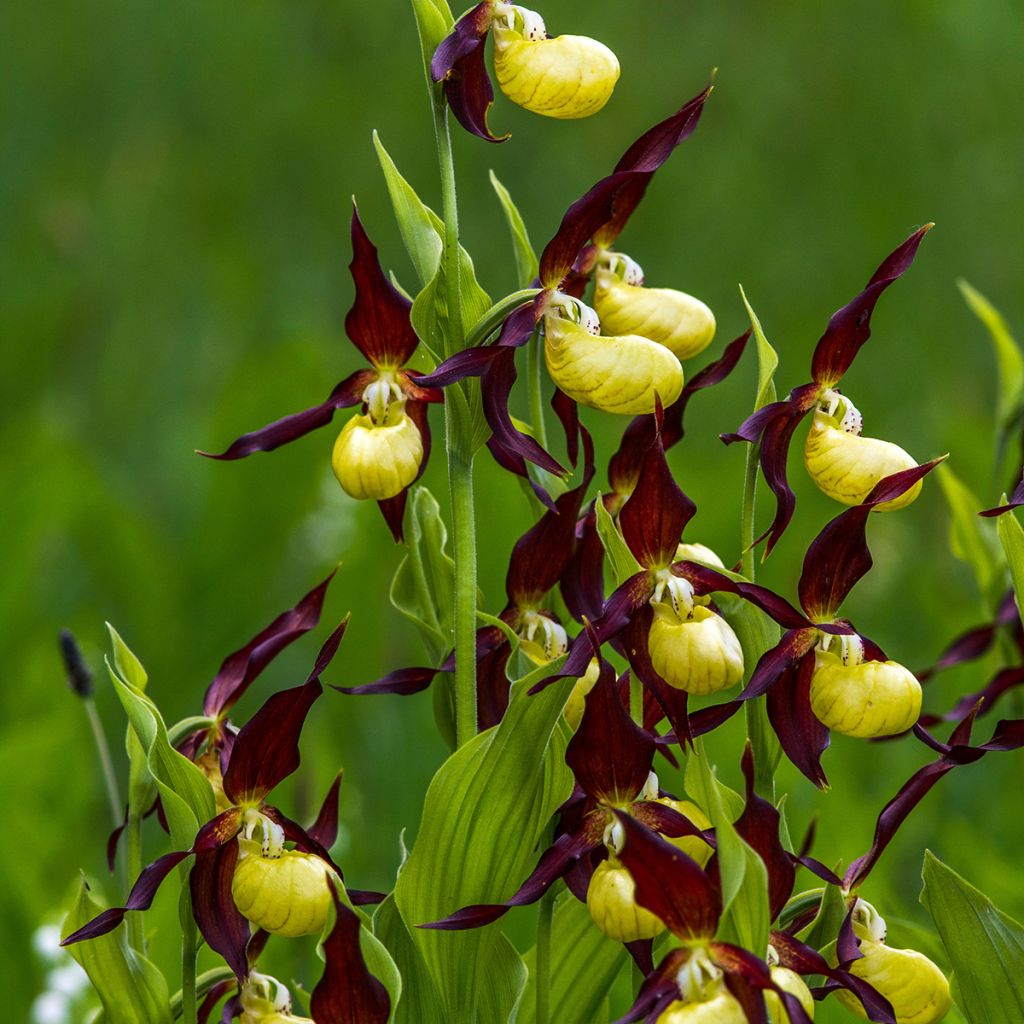

Cypripedium calceolus


Cypripedium calceolus
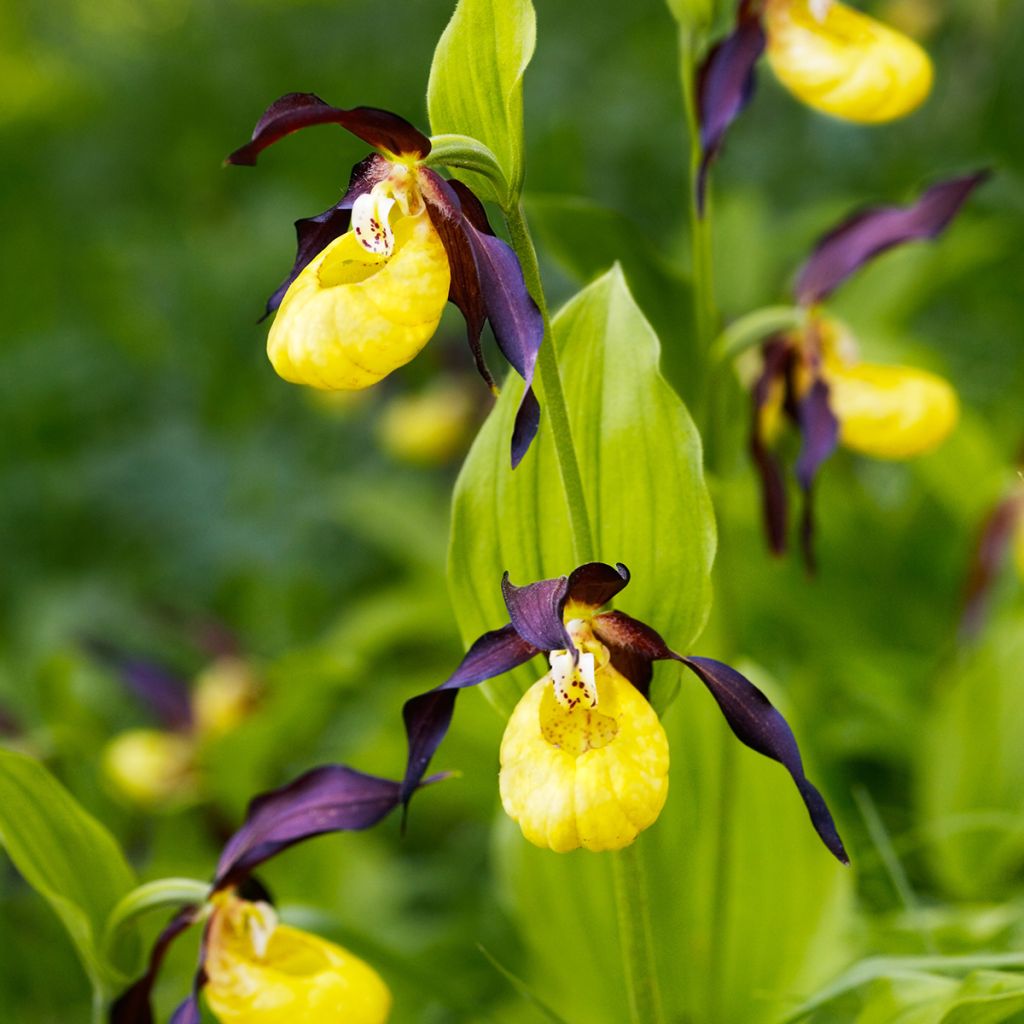

Cypripedium calceolus
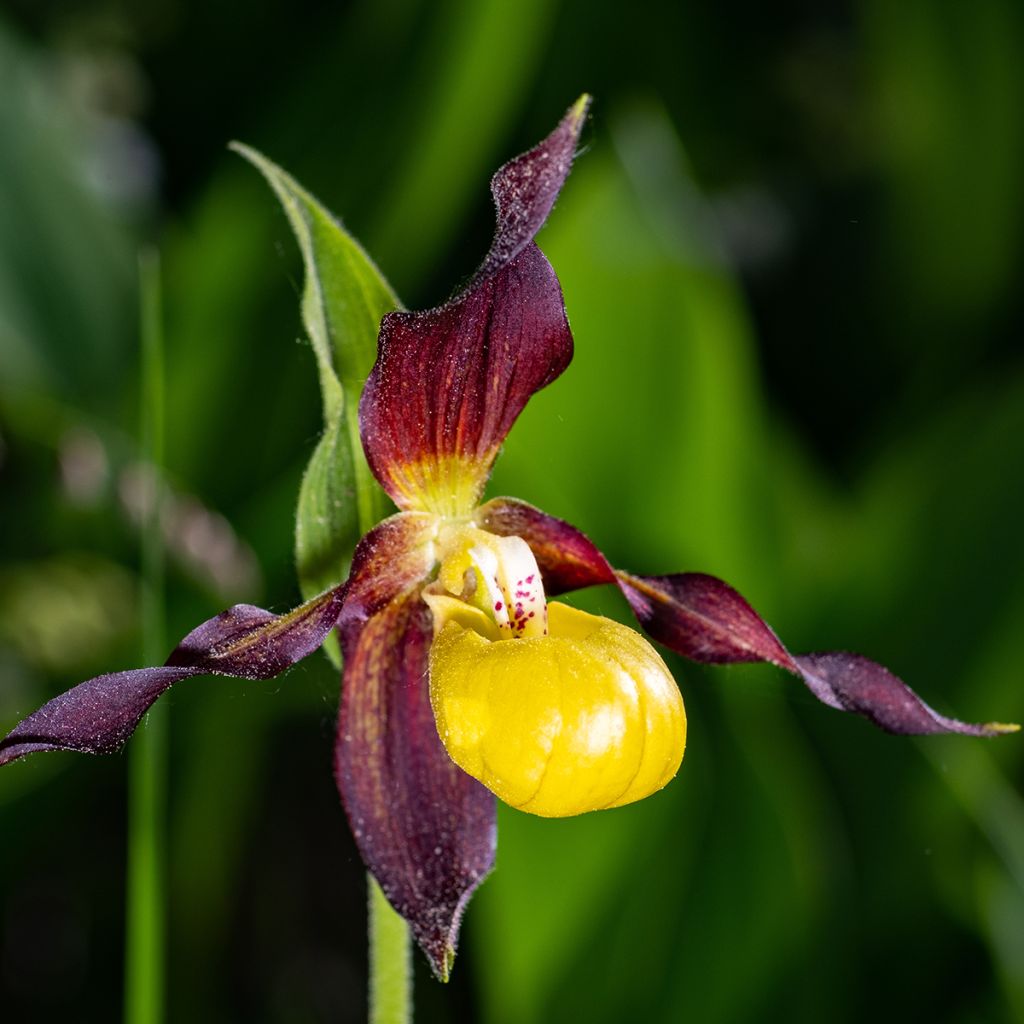

Cypripedium calceolus
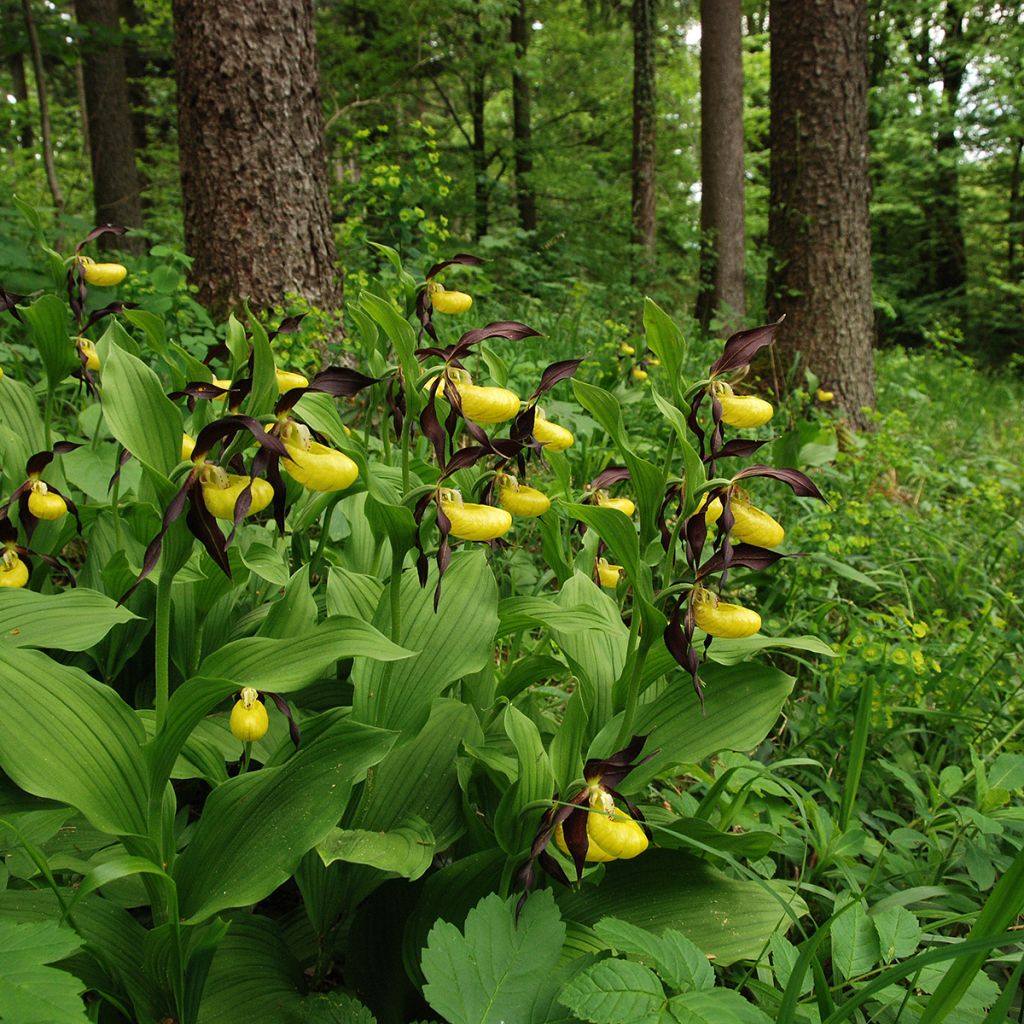

Cypripedium calceolus
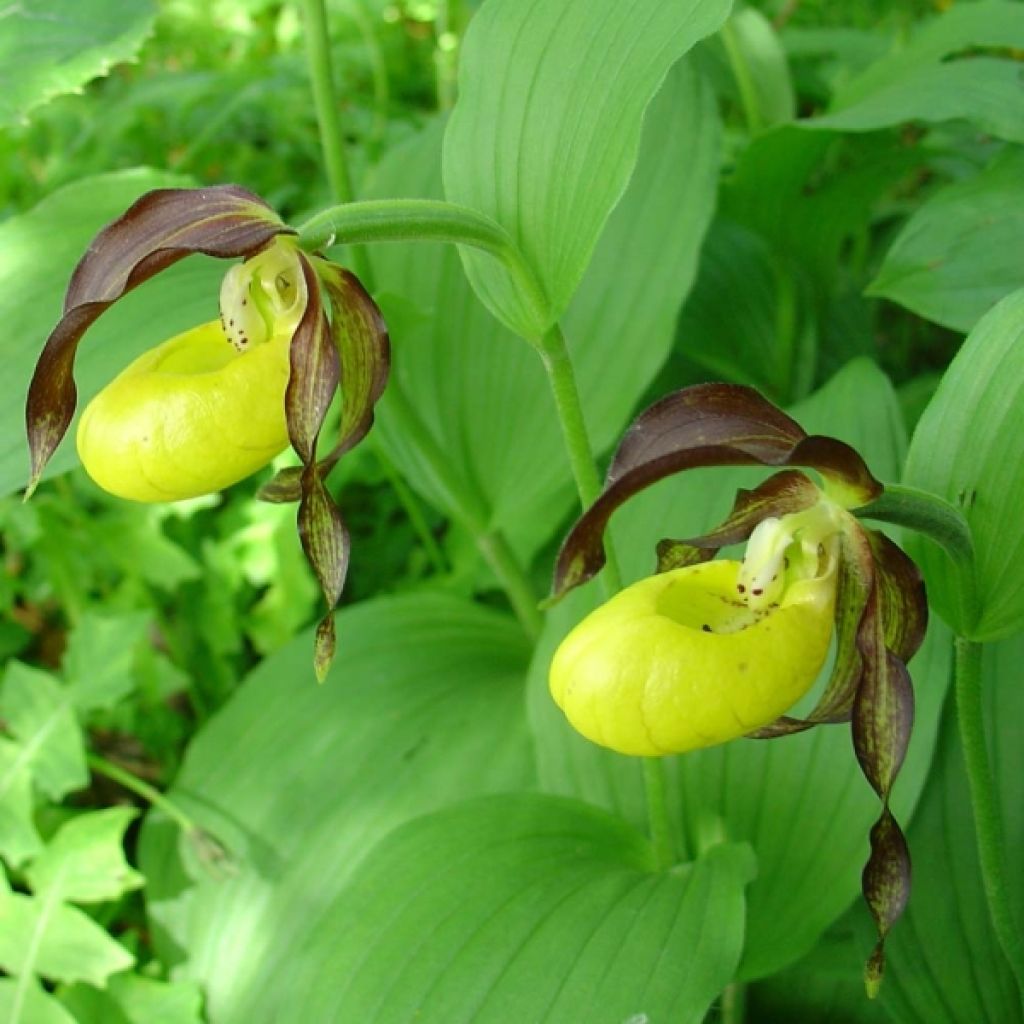

Cypripedium calceolus


Cypripedium calceolus
Cypripedium calceolus
Cypripedium calceolus
Yellow Lady's Slipper Orchid
I planted 3 Cypripedium calceolus according to the rules of the trade. I am very disappointed because none of the 3 plants have sprouted. (Value €52.50!) PROMESSE DE FLEURS RESPONSE: We are truly sorry as we place great importance on the quality of our plants and their growth. If you encounter any issues, please do not hesitate to contact us at 03.61.76.08.10 or by email at serviceclient@promessedefleurs.com and we will proceed with replacement or refund if necessary.
René, 04/11/2015
Special offer!
Receive a €20 voucher for any order over €90 (excluding delivery costs, credit notes, and plastic-free options)!
1- Add your favorite plants to your cart.
2- Once you have reached €90, confirm your order (you can even choose the delivery date!).
3- As soon as your order is shipped, you will receive an email containing your voucher code, valid for 3 months (90 days).
Your voucher is unique and can only be used once, for any order with a minimum value of €20, excluding delivery costs.
Can be combined with other current offers, non-divisible and non-refundable.
Why not try an alternative variety in stock?
View all →This plant carries a 12 months recovery warranty
More information
We guarantee the quality of our plants for a full growing cycle, and will replace at our expense any plant that fails to recover under normal climatic and planting conditions.
Would this plant suit my garden?
Set up your Plantfit profile →
Description
Cypripedium calceolus is the most spectacular and well-known terrestrial orchid in Europe. This Lady's Slipper, which has become rare in its natural habitat, can still be found in a few rare locations in the Alps or other mountain ranges. Its large flowers are made up of long chocolate-coloured sepals and a prominent petal (the lip) straw yellow in the shape of a slipper. This demanding species acclimates more easily in alpine gardens where it finds a favourable climate and soil.
Cypripedium calceolus is a botanical species of cool temperate climates that experience cold winters and cool, slightly humid summers. In terms of soil, this plant grows in the humus that has formed on and between limestone rocks, in the morning sun or in partial shade. Slugs and snails are also enemies of this Lady's Slipper. Like all orchids, it belongs to the orchid family.
This orchid has a perennial suckering stump. Its thick underground rhizome lengthens and divides over the years, allowing the plant to spread in colonies. Its roots penetrate deeply into the soil. They are mycorrhizal, meaning they live in symbiosis with specific fungi. The deciduous vegetation, absent in winter, emerges from the ground between April and May. This Cypripedium calceolus forms small clumps of 2 to 6 leafy shoots reaching about 45cm (18in) in height. Each hairy stem bears 3 to 5 sheathing leaves at the base, broadly ovate, marked by strong parallel veins, light green in colour, slightly hairy on the underside. Flowering occurs between May and July, earlier or later depending on the climate and the year. Each individual produces only one or two flowers, in the axil of bracts. Each flower, which can measure up to 10cm (4in) wide, consists of 3 sepals and 3 petals. These petals are elongated, tapered, lanceolate in shape, slightly twisted. Their colour varies from reddish-brown to chocolate brown. The swollen lip, in the shape of a 'slipper', is straw yellow with brown spots. The fruit is a capsule that can persist on the plant for a year.
Cypripedium calceolus is a typically montane species, very hardy. It cannot tolerate heat or drought. If your climate allows, plant it in partial shade in a limestone rockery, between rocks or at the edge of a leafy woodland, in well-aerated humus that remains slightly moist in summer. This collector's plant can be associated with alpine perennial geraniums or ferns, for example. Avoid associating it with too vigorous plants that could suffocate or hinder its growth.
Handle your orchids with care when you receive them: these plants produce few roots and are delicate!
Cypripedium calceolus in pictures
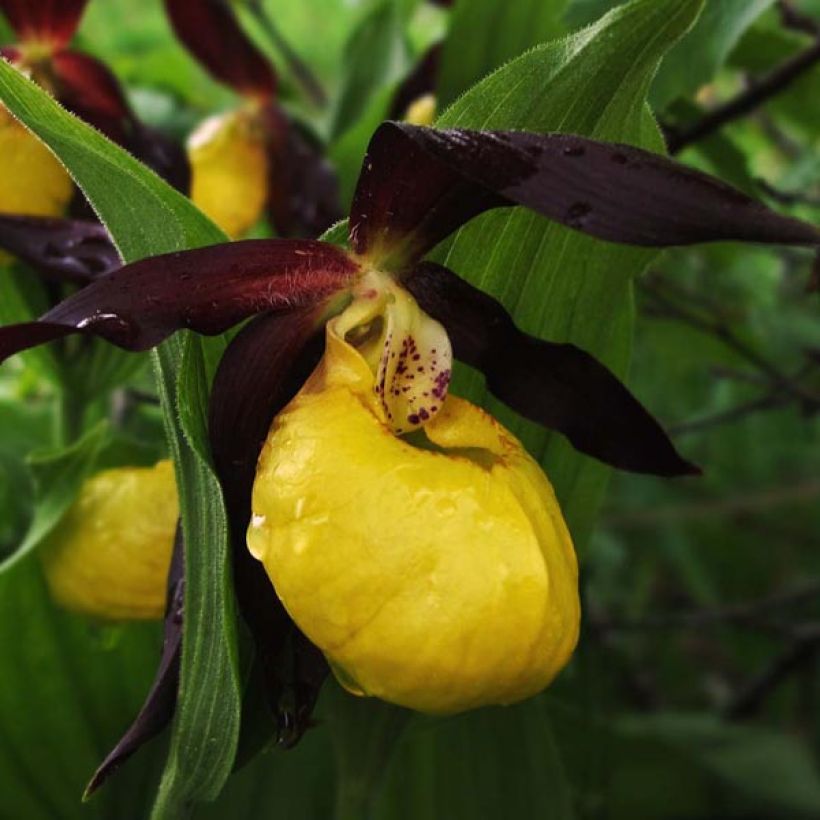

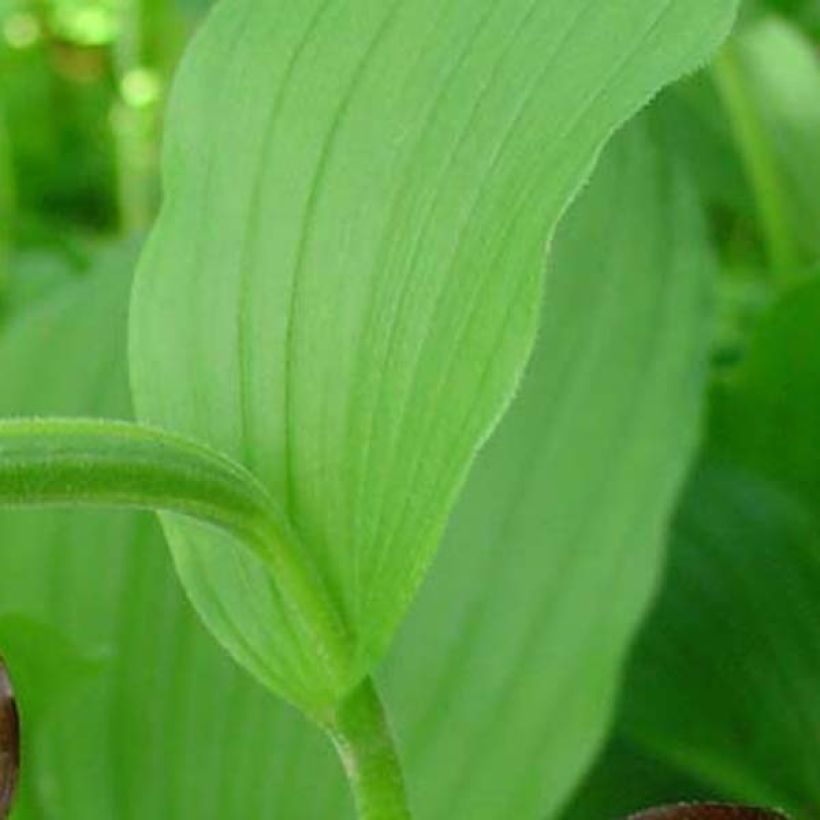



Flowering
Foliage
Plant habit
Botanical data
Cypripedium
calceolus
Orchidaceae
Yellow Lady's Slipper Orchid
Alps
Other Garden Orchids
View all →Planting and care
Plant Cypripedium calceolus in morning sun or partial shade, in a humus-rich, well-drained soil, on or among limestone rocks. This terrestrial orchid cannot tolerate heavy (clayey) and waterlogged soils, nor can it withstand heat or drought. It is easier to grow in a cold montane climate in winter, cool and slightly humid in summer. In nature, its roots are mycorrhized by symbiotic fungi naturally present in the humus. Add 1/3 perlite or lava rock and 1/3 fine gravel to your topsoil when planting. Water the plant without excess, making sure to keep the soil slightly moist in summer. Protect the stump in the first year with a layer of dead leaves, 10cm (4in) thick.
Planting period
Intended location
Care
Planting & care advice
-
, onOrder confirmed
Reply from on Promesse de fleurs
Similar products
Haven't found what you were looking for?
Hardiness is the lowest winter temperature a plant can endure without suffering serious damage or even dying. However, hardiness is affected by location (a sheltered area, such as a patio), protection (winter cover) and soil type (hardiness is improved by well-drained soil).

Photo Sharing Terms & Conditions
In order to encourage gardeners to interact and share their experiences, Promesse de fleurs offers various media enabling content to be uploaded onto its Site - in particular via the ‘Photo sharing’ module.
The User agrees to refrain from:
- Posting any content that is illegal, prejudicial, insulting, racist, inciteful to hatred, revisionist, contrary to public decency, that infringes on privacy or on the privacy rights of third parties, in particular the publicity rights of persons and goods, intellectual property rights, or the right to privacy.
- Submitting content on behalf of a third party;
- Impersonate the identity of a third party and/or publish any personal information about a third party;
In general, the User undertakes to refrain from any unethical behaviour.
All Content (in particular text, comments, files, images, photos, videos, creative works, etc.), which may be subject to property or intellectual property rights, image or other private rights, shall remain the property of the User, subject to the limited rights granted by the terms of the licence granted by Promesse de fleurs as stated below. Users are at liberty to publish or not to publish such Content on the Site, notably via the ‘Photo Sharing’ facility, and accept that this Content shall be made public and freely accessible, notably on the Internet.
Users further acknowledge, undertake to have ,and guarantee that they hold all necessary rights and permissions to publish such material on the Site, in particular with regard to the legislation in force pertaining to any privacy, property, intellectual property, image, or contractual rights, or rights of any other nature. By publishing such Content on the Site, Users acknowledge accepting full liability as publishers of the Content within the meaning of the law, and grant Promesse de fleurs, free of charge, an inclusive, worldwide licence for the said Content for the entire duration of its publication, including all reproduction, representation, up/downloading, displaying, performing, transmission, and storage rights.
Users also grant permission for their name to be linked to the Content and accept that this link may not always be made available.
By engaging in posting material, Users consent to their Content becoming automatically accessible on the Internet, in particular on other sites and/or blogs and/or web pages of the Promesse de fleurs site, including in particular social pages and the Promesse de fleurs catalogue.
Users may secure the removal of entrusted content free of charge by issuing a simple request via our contact form.
The flowering period indicated on our website applies to countries and regions located in USDA zone 8 (France, the United Kingdom, Ireland, the Netherlands, etc.)
It will vary according to where you live:
- In zones 9 to 10 (Italy, Spain, Greece, etc.), flowering will occur about 2 to 4 weeks earlier.
- In zones 6 to 7 (Germany, Poland, Slovenia, and lower mountainous regions), flowering will be delayed by 2 to 3 weeks.
- In zone 5 (Central Europe, Scandinavia), blooming will be delayed by 3 to 5 weeks.
In temperate climates, pruning of spring-flowering shrubs (forsythia, spireas, etc.) should be done just after flowering.
Pruning of summer-flowering shrubs (Indian Lilac, Perovskia, etc.) can be done in winter or spring.
In cold regions as well as with frost-sensitive plants, avoid pruning too early when severe frosts may still occur.
The planting period indicated on our website applies to countries and regions located in USDA zone 8 (France, United Kingdom, Ireland, Netherlands).
It will vary according to where you live:
- In Mediterranean zones (Marseille, Madrid, Milan, etc.), autumn and winter are the best planting periods.
- In continental zones (Strasbourg, Munich, Vienna, etc.), delay planting by 2 to 3 weeks in spring and bring it forward by 2 to 4 weeks in autumn.
- In mountainous regions (the Alps, Pyrenees, Carpathians, etc.), it is best to plant in late spring (May-June) or late summer (August-September).
The harvesting period indicated on our website applies to countries and regions in USDA zone 8 (France, England, Ireland, the Netherlands).
In colder areas (Scandinavia, Poland, Austria...) fruit and vegetable harvests are likely to be delayed by 3-4 weeks.
In warmer areas (Italy, Spain, Greece, etc.), harvesting will probably take place earlier, depending on weather conditions.
The sowing periods indicated on our website apply to countries and regions within USDA Zone 8 (France, UK, Ireland, Netherlands).
In colder areas (Scandinavia, Poland, Austria...), delay any outdoor sowing by 3-4 weeks, or sow under glass.
In warmer climes (Italy, Spain, Greece, etc.), bring outdoor sowing forward by a few weeks.






























